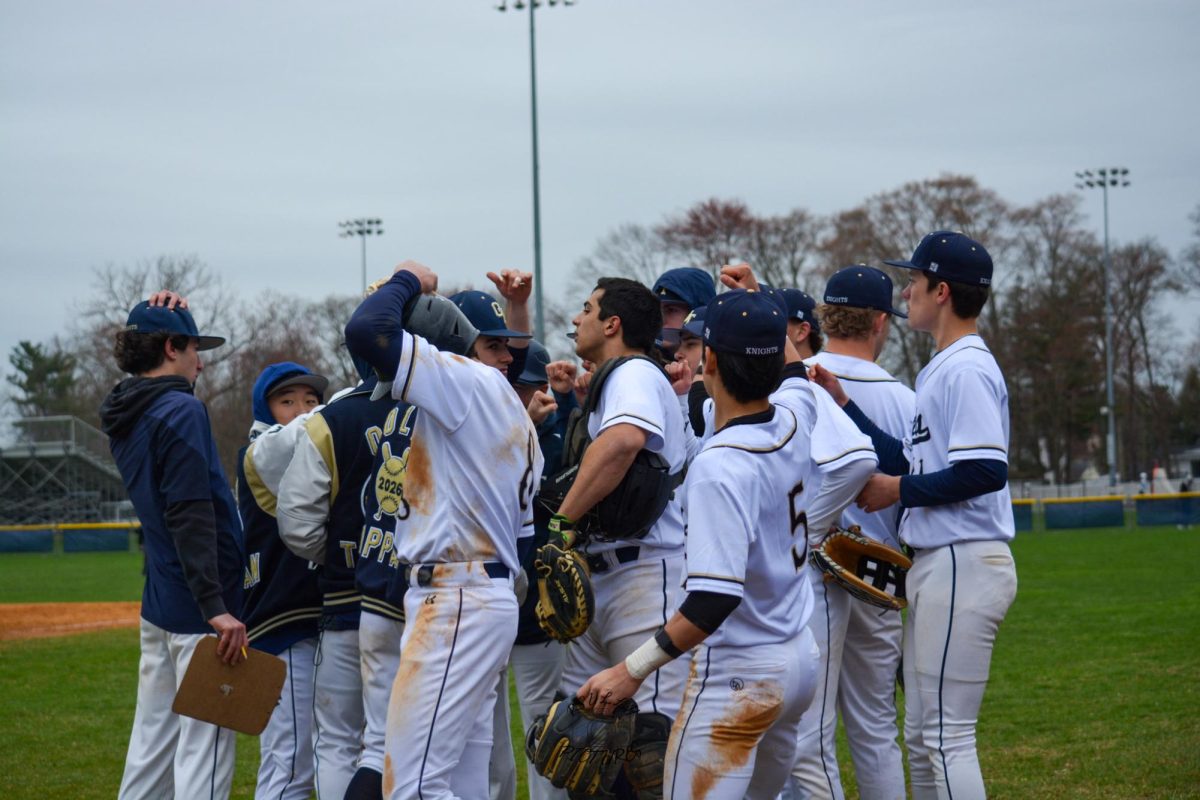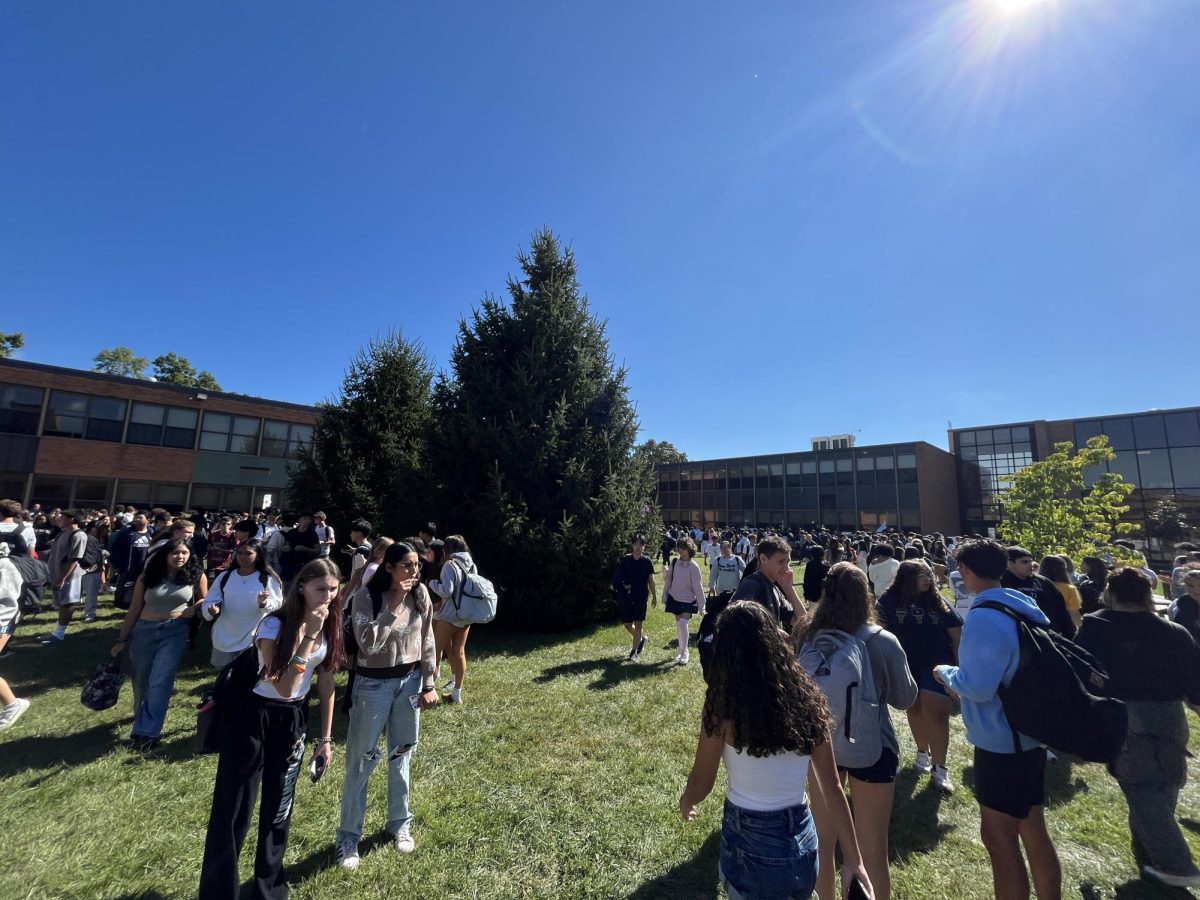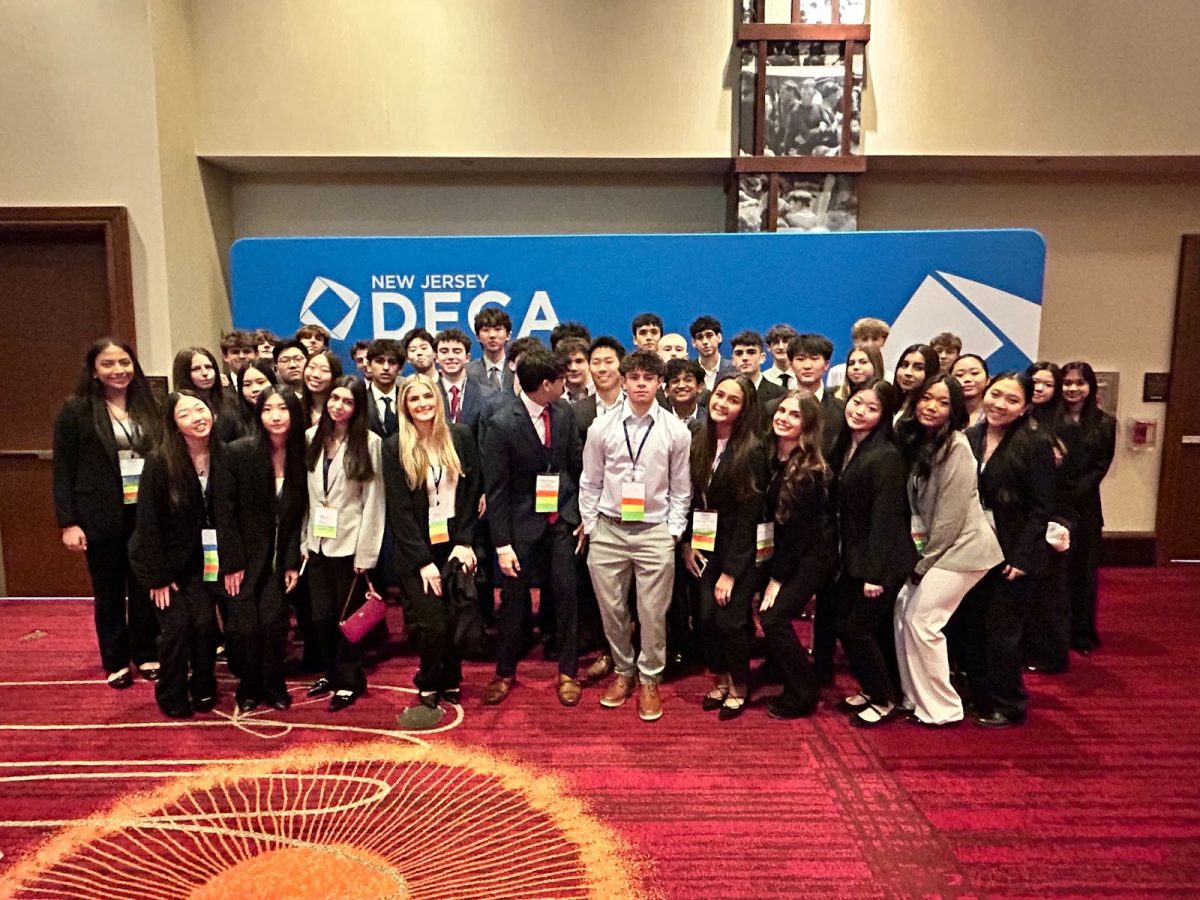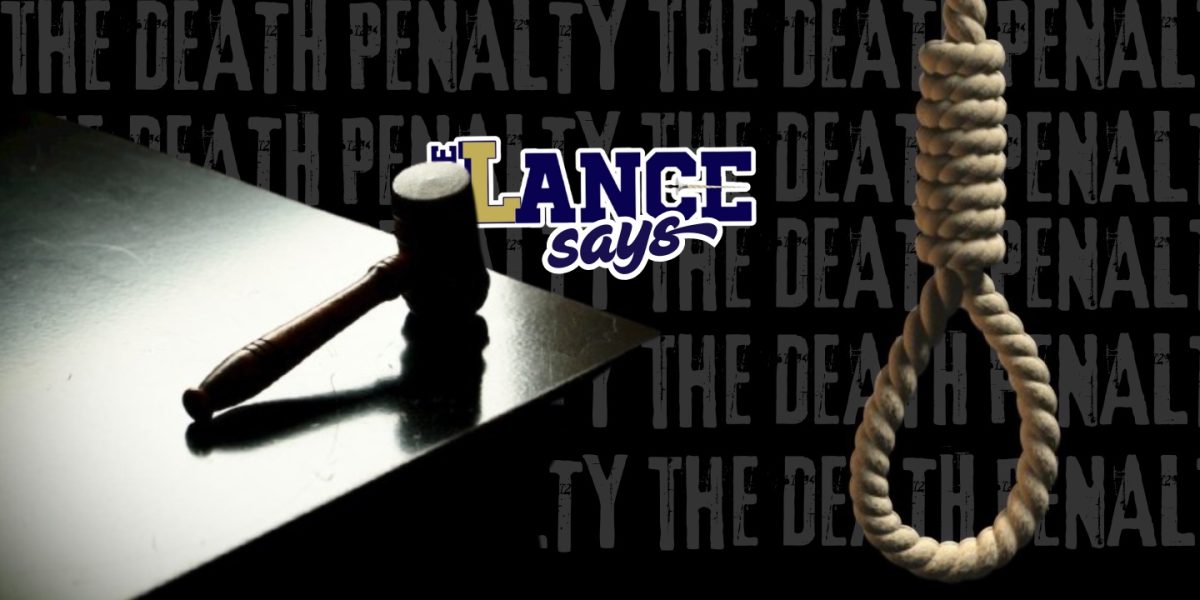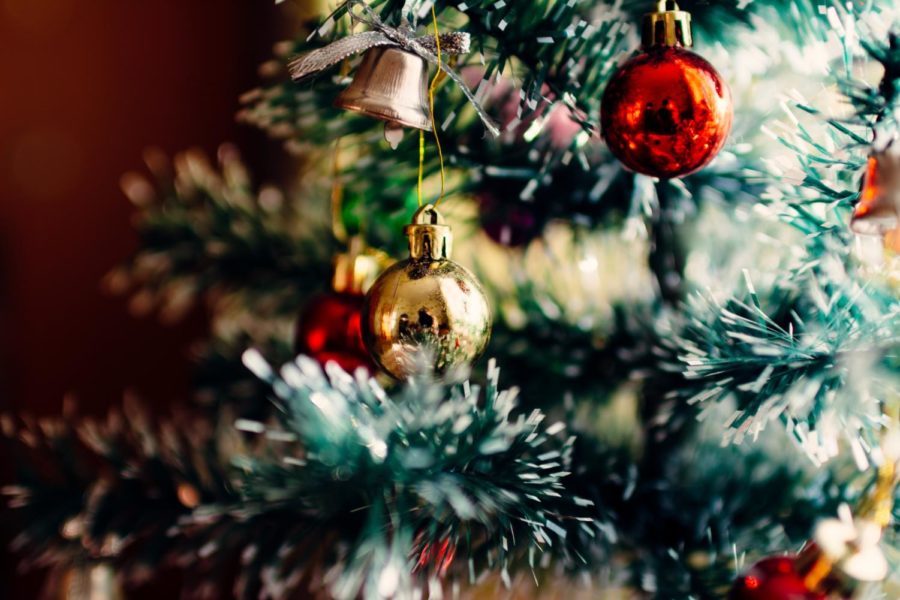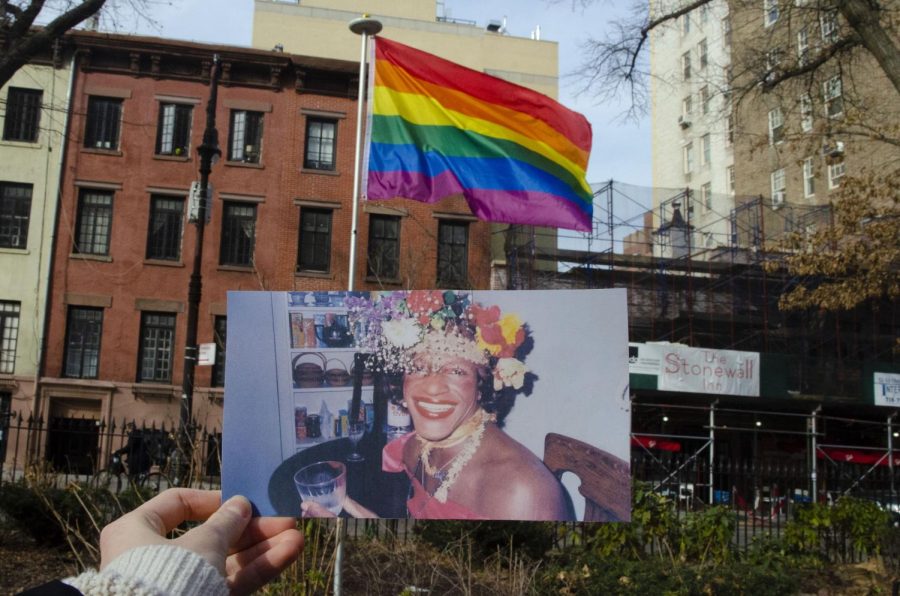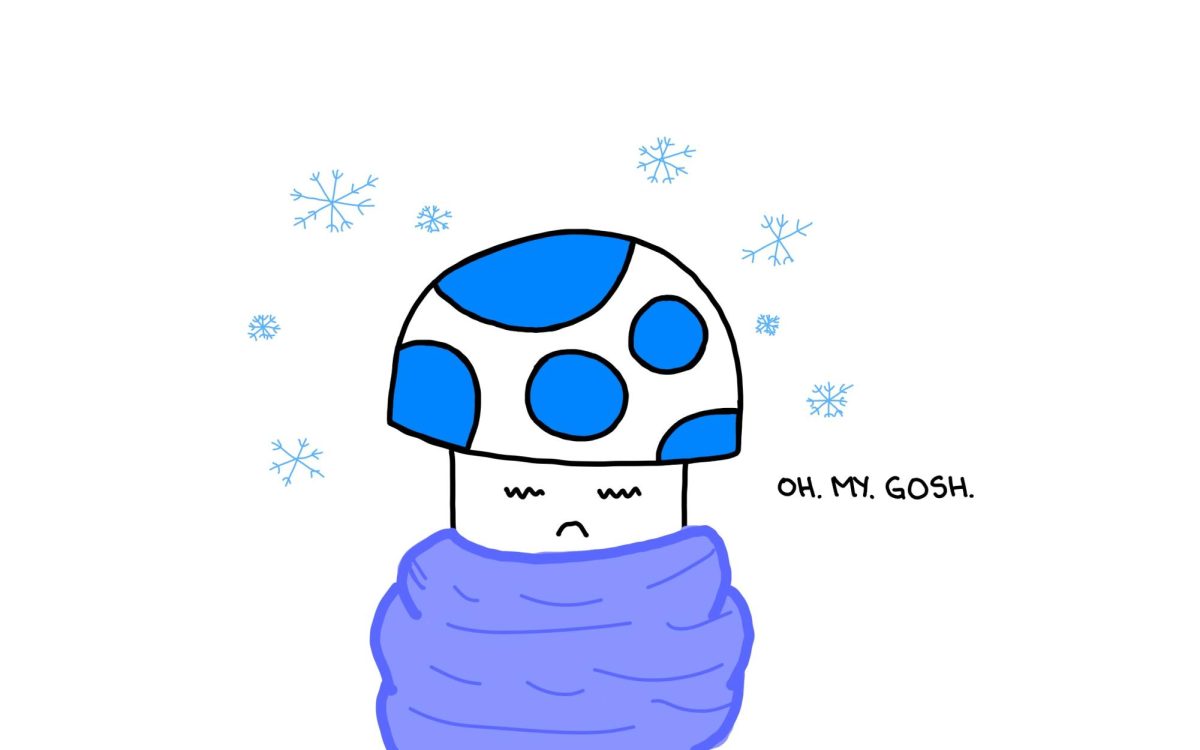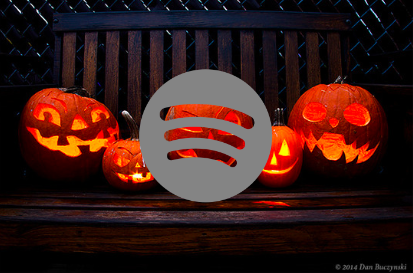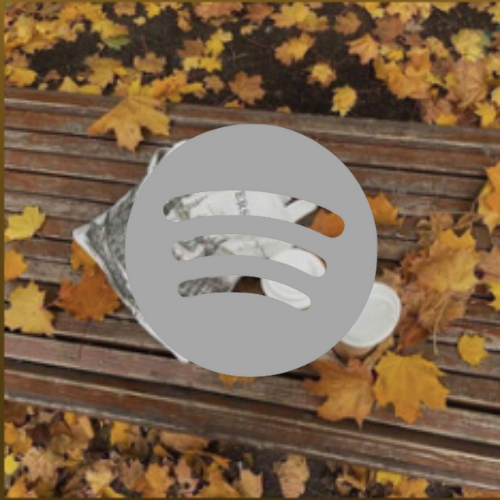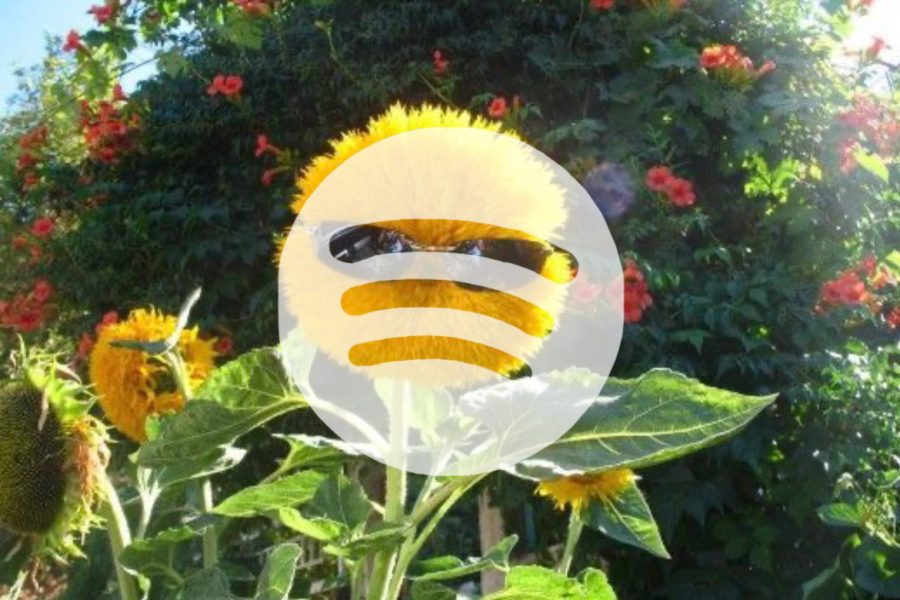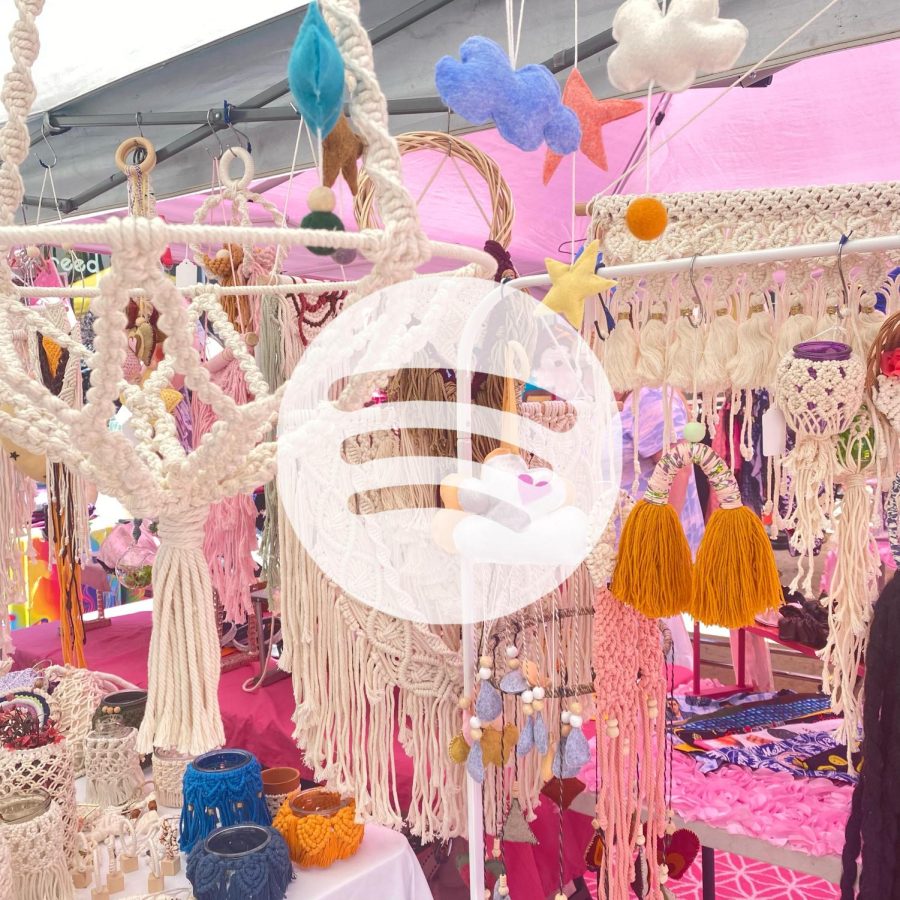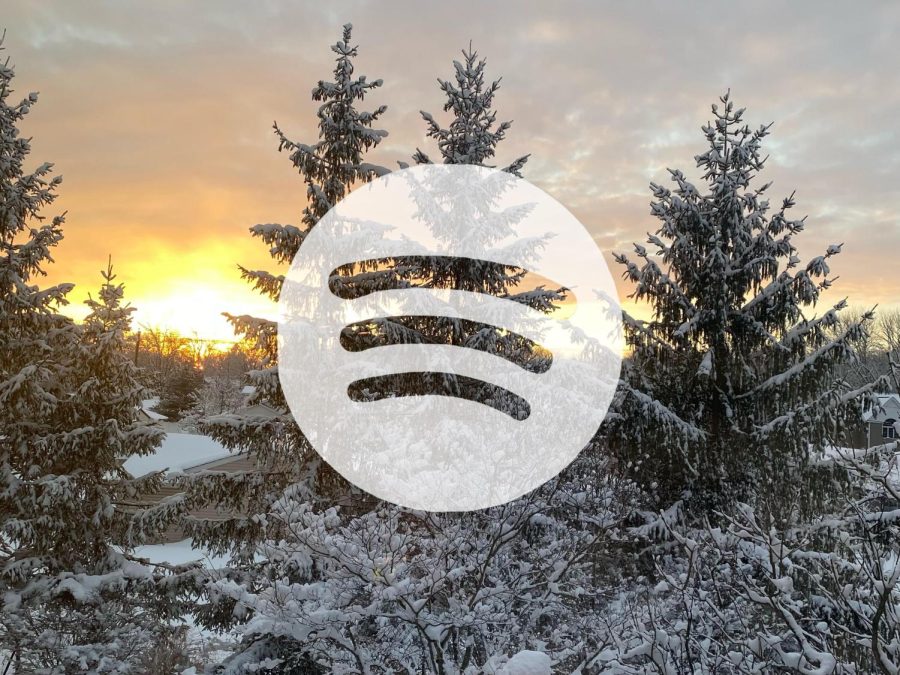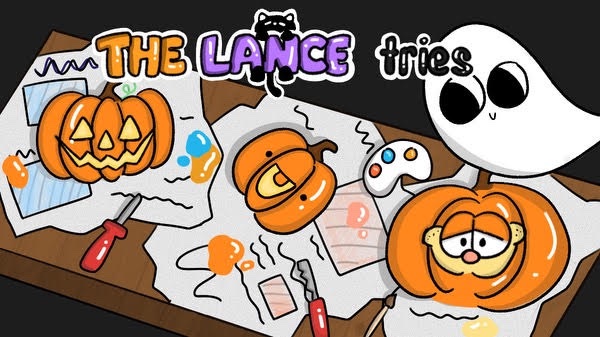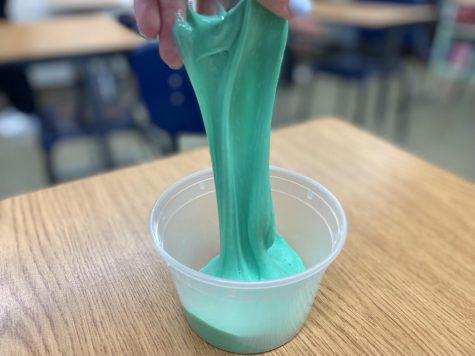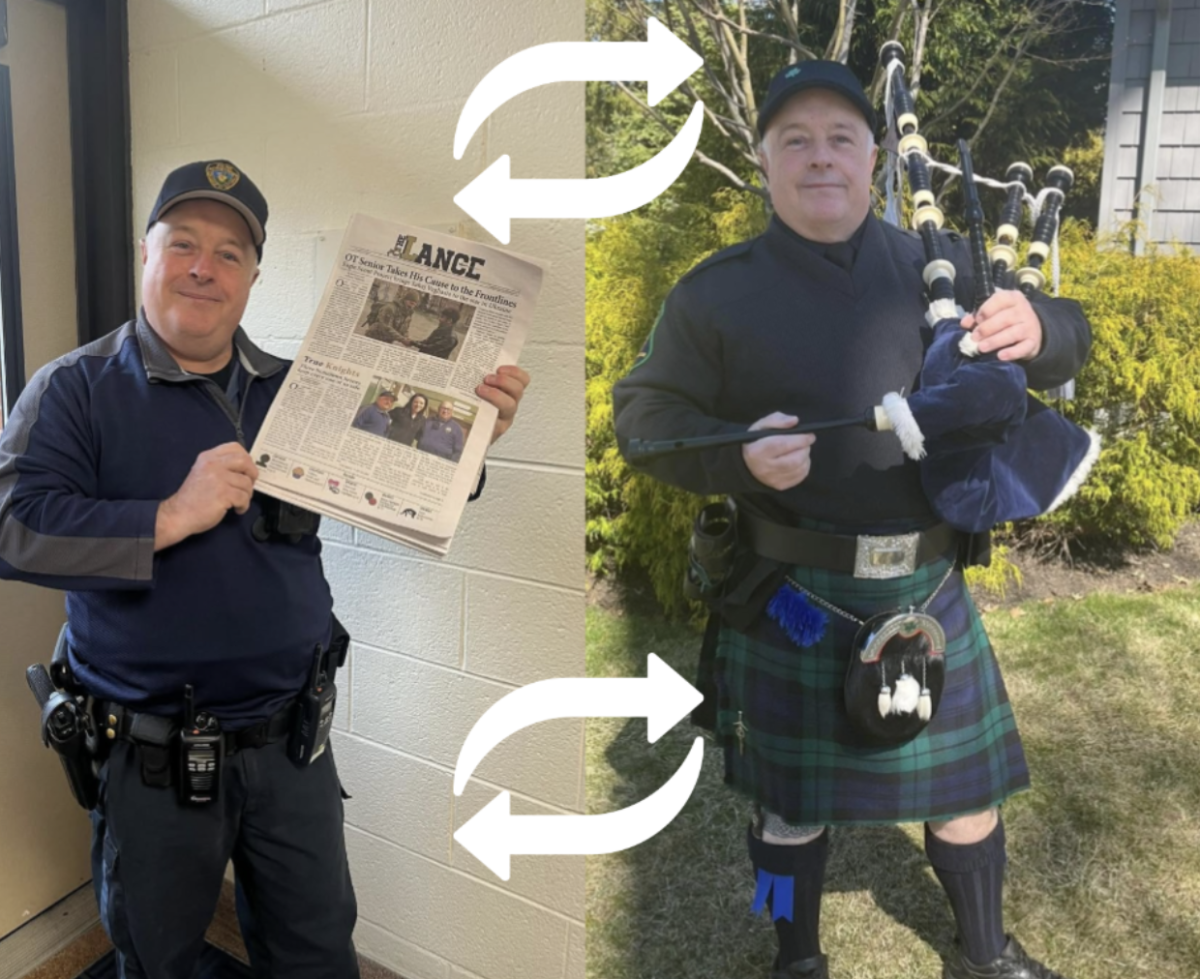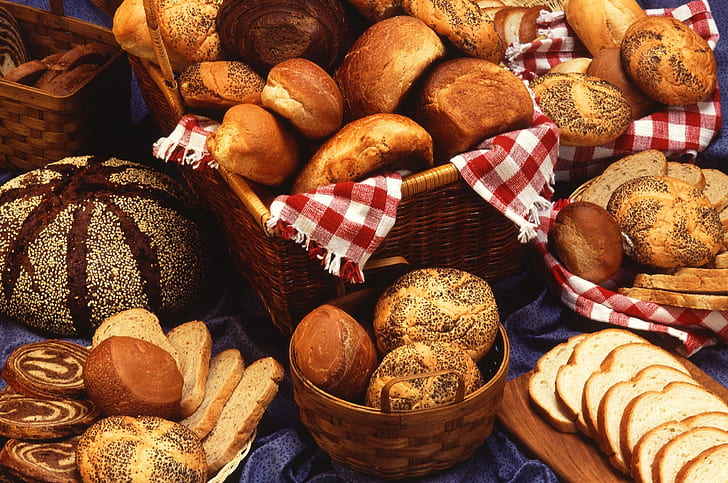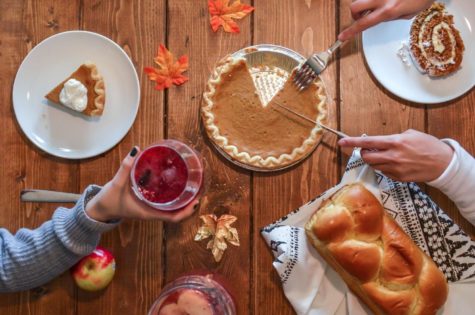Olivia vs. Olivia: Christmas
Real Tree vs. Fake Tree
We have the same name, but different opinions, and we are on a mission to tackle some of mankind’s most pressing issues.
Franceschini:
I’m not here to tell anyone that their beloved family tradition of chopping down their real tree and decorating is stupid. But I am here to expand the horizons of respected Christmas decorations and to dispel the fake-tree stigma. If The Grinch taught me anything, it’s that Christmas is still Christmas even without the fancy decorations and real trees. The spirit of Christmas is found in family and friends, not within the tiny little pine needles that clutter your living room floor.
Genco:
It’s not a real Christmas without a real Christmas tree. In all aspects of our lives, we prefer the original over the fake. We like classic shows more than reboots, name brand cereal more than knock-off brands, and the original song more than a cover. This same reasoning applies to Christmas trees: authentic trumps artificial. Even if the original has its imperfections, at least it’s not fake.
There is no more iconic holiday staple than a Christmas tree, so for the full Christmas experience, it is important to get it right. One of the reasons that Christmas is the best time of year is because your house never smells better than when you have a live Christmas tree in your living room. No pine scented air-freshener could ever rival the scent of a real tree.
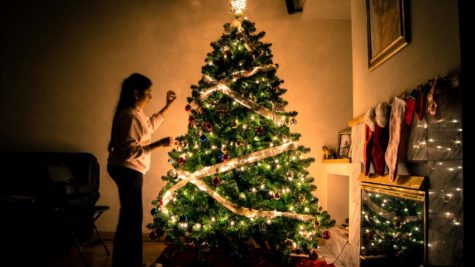
Franceschini:
Real-tree enthusiasts often assert that fake trees just don’t look as nice as real trees. While the smell of a real tree is hard to replicate, the look is not. Many fake trees look incredibly similar to real trees and you have many more decorating options with fake trees. Since there is no worry that your tree may burst into flames, you can have all kinds of lights, as well as tinsel, garland, and ornaments. Moreover, fake trees can be placed in spinning stands or stands that play music. These fun holiday options are simply not possible for real trees, which have to be watered constantly. Real-tree enthusiasts claim these fun-to-decorate options are tacky, but they’re really just jealous that their real trees look more like dying bushes than a holiday decoration.
Genco:
As much as fake tree enthusiasts may claim that their trees look just as realistic, they are simply ignoring a basic truth: the best way to have a realistic-looking tree is simply to purchase a real tree. Bottom line: fake trees just look stupid. Perhaps the worst part about fake trees is all of the “interesting features” they have. The tree is meant to be a canvas for sentimental decorations; it is not meant to become a decoration in itself. Every year that passes it seems more and more tacky editions are made to the simple holiday classic. Sentimental ornaments are replaced with ones that only serve the purpose of matching the fake tree’s tacky aesthetic. Features such as a spinning pedestal or unnatural colors and patterns only detract from the value of a fake tree.
 If you actually think this looks good, you should probably reassess your vision.
If you actually think this looks good, you should probably reassess your vision.
Franceschini:
Live trees also pose a serious safety threat. The likelihood of live trees catching fire should not be overlooked. The combination of a dry tree and any open wires from lights can result in a tragic accident. Despite 70% of live Christmas tree owners stating they knew they should water their tree every day, only about 45% reported actually doing so. A real tree may smell like pine and have a fuller look, but that won’t matter once it bursts into flames. Dr. Philip H. Chang, a pediatric burn surgeon said, “A dry tree can ignite a room in less than a minute and lead to one of the deadliest types of fires that can involve entire families.” Stay safe this Christmas, buy a fake tree.

“YoU CaN’T RuiN thE AesTheTIc oF a ReAl TreE”
Genco:
As for the supposed risk of a real Christmas tree, the National Fire Protection Association (NFPA) says that “approximately one-tenth of one percent (0.12%) of residential fires involve a Christmas Tree — both real and artificial.” Not only is the risk of the tree catching fire very small, but this risk also applies to both real and fake trees. In fact, fake trees are actually the ones that are more flammable. In a burn test conducted by the Farmington Hills, MI fire department the fake tree instantly burst into flames, while the real one was only signed on one side.
Franceschini:
What’s the point of Christmas if your decorations rip a hole through the ozone? Pollution doesn’t take a week off for the holidays. Christmas tree farms threaten the environment around them by using specialized pesticides that aren’t indigenous to the area. On the other end of the equation, if Christmas trees are not properly disposed of, they produce methane gas and leave behind a carbon footprint. Fake trees pose none of these environmental problems because they aren’t involved in the annual “grow & throw” process of real trees. It’s insane to destroy the Earth for the ~aesthetic~ of a real tree.
Genco:
There are also more environmental benefits from getting our Christmas trees from the earth as opposed to factories. Although chopping down trees is not the best thing for the environment, it is a lot better than the alternative. Fake trees are made of PVC, a “petroleum-based, non-biodegradable plastic. Once you throw your artificial tree away, it’s going to be in the landfill forever. And because the plastic fibers are fused and glued to the metal frame, artificial trees can’t be recycled.” Not only do they stay in landfills for thousands of years when you have decided to upgrade to a new hideous color, fake trees also release dioxins that “can cause cancer, neurological damage, and many other serious health issues.” While trees eventually grow back, landfills and pollution to the earth and to the air last forever and can have some seriously dangerous health effects.
Franceschini:
Buying a Christmas tree is an agonizing process which includes traffic and avoiding families of seven at packed tree farms. Then, once you find your “perfect tree” you have to pay an insane price. Due to recent growing shortages, Christmas tree prices increased drastically. In 2015 the average price for a Christmas tree was $51 by 2016 that price jumped to $75 and is on the rise. Rising tree prices coupled with the need to purchase it annually is a considerable amount of money that could be saved if one bought a fake tree. Sooner or later people are going to have to take out loans to experience an “authentic Christmas.” Not to mention if you choose to actually cut down your own tree you can end up in trouble with the law and with a tree full of rabid squirrels. Ever see National Lampoon’s Christmas Vacation? Take notes.

A Christmas Squirrel Surprise!
Let’s say you don’t end up with a real tree full of squirrels, you’re still going to have to take care of it! The biggest downside of owning a real tree is the constant maintenance. If you own a real tree, you have to water it every single day. Which means you get to slither under the tree stand, like the Grinch, and attempt to wedge your watering can underneath it without spilling water all over yourself or the floor. The next time you water your tree, as you take pine needles to the face, ask yourself, ”Is this really worth it?” Watering the tree is only half the battle. What about those precious little pine needles that clutter your floor every day despite constant watering. I didn’t realize it was a time-honored tradition to vacuum every day for four weeks straight. Not to mention, real trees look like real trees for about a week and a half, and then they start to die. By the time Christmas rolls around the traditional ~asethetic~ is about as dead as the tree itself.
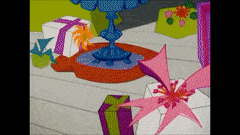
*actual footage of a real-tree owner watering his tree*
Genco:
Real Christmas trees are better for the environment and better for public safety than fake ones, there are really only two disadvantages of buying a real Christmas tree: the price, and the maintenance. However, those disadvantages are easily outweighed by the benefits of having an authentic tree. You get what you pay for and that applies to a real tree: of course, you are going to have to pay more for a better experience. While maintenance (in the form of vacuuming up pine needles and watering the tree) is not fun, it ultimately yields a better experience overall when you are able to celebrate an authentic Christmas with an authentic tree.
Franceschini:
Sure, real trees are fun in theory. They have a certain aesthetic and smell like pine-very cool. But the bottom line is this aesthetic only lasts about two weeks before they start to die, and the tradeoffs are not worth the trouble. Fake-trees save money, time, and the environment, and they look great too.
Genco:
In the end, there is simply nothing better than the original. As hard as companies try to make their fake trees better than real ones, they simply can never compare. There is a sense of warmth and holiday joy that simply cannot be achieved with a fake tree. Real trees have everything going for them, and a fake tree can hardly compare.




